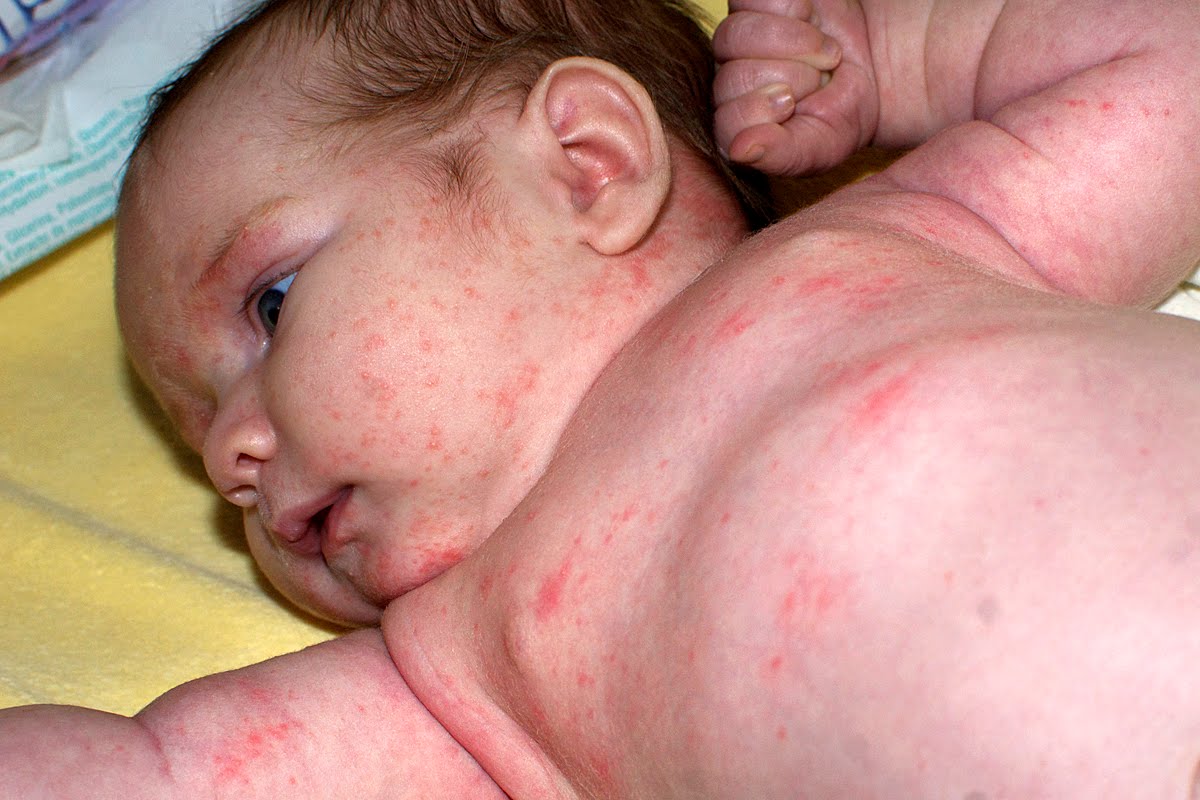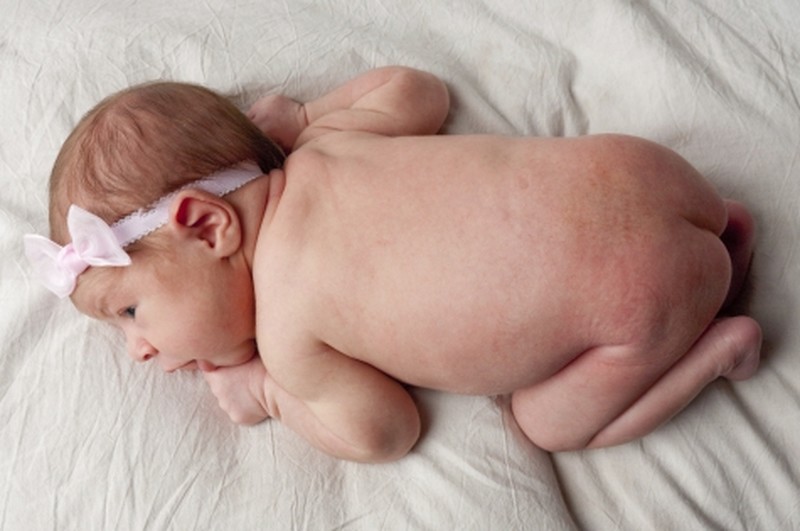
This material is provided to help parents as a tip to actions in the case of allergic rashes in a child.
The content of the article
As soon as you felt that the skin is unpleasant to zudit, and this feeling lasts a few days, becoming more intense with time, suspicion arises that this is due to an allergic reaction that can lead to the appearance of rashes on the skin.
This is a signal: the immune system actively works, regarding the allergen substance as a threat to the body that needs to be urgently neutralized. How to do it - learn if you read this material.
Types of allergic rash in children
Allergic rash is usually manifested during a pair of three days. Extended blood vessels are subject to histamine "attack", which leads to the beginning of the inflammatory process and the appearance on the skin of redness and swelling, occasionally blistering.
The beginning of the allergic reaction is sometimes accompanied by cold symptoms: rhinestone, tear. There were cases that requiring urgent appeal to the doctor and even hospitalization, as other, more serious symptoms appeared with rashes: dizziness, nausea and convulsions, which indicated the beginning of anaphylactic shock, which often brought to death.
The rashes are manifested in different ways:
- As soon as there was a contact with an allergen.
- After a certain period of time, when the gistamine substance has accumulated (it can be 1-2 minutes or a few weeks).
Allergic rash, as a rule, has a focal defeat without concrete boundaries. Tint of rash - red or colorless. Anomalous is considered to be pinching skin redness, which occurs with an intense blood flow to elastic-tubes. The manifestation is characteristic of patients with increased sensitivity to food products or medical drugs.
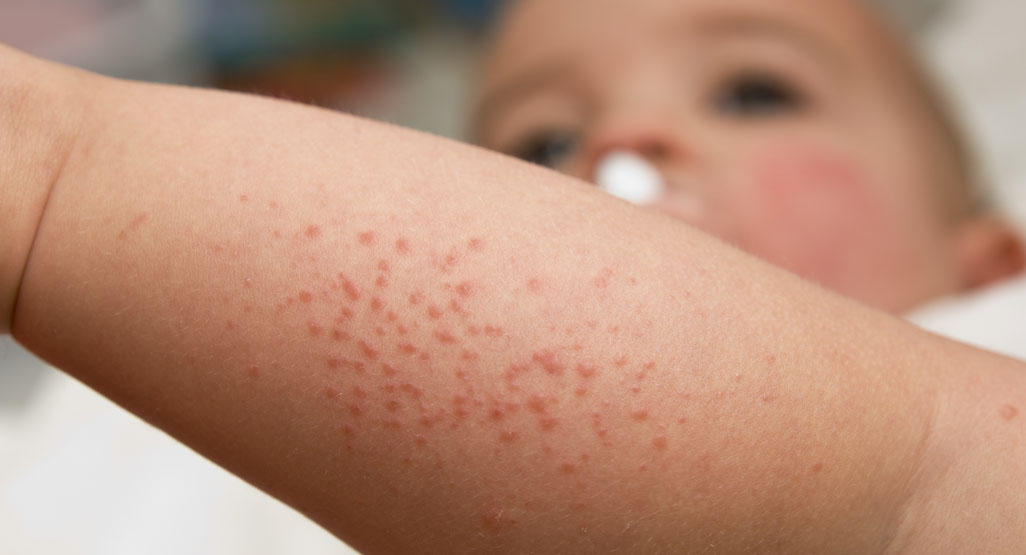
In krohi
Children's allergy is the reaction of not enough strong immunity of a child to a stimulus substance, which has fallen into the body, which, in turn, meets such manifestations as:
- skin rash
- runny nose
- coughing
Often, contact with the allergen also leads to the appearance of the skin of the skin, fever, burning in the eyes.
There is an opinion, according to which the allergy is hereditary ailment - if one of the parents acted, the likelihood of transmitting the disease kids increases at times. This theory is erroneous, since an allergic response is possible from any baby (which he is younger, the more dangerous for his health).
Types of allergic reactions in children are divided into:
- Food - Karapubuza do not "transfer" some products, as a result of which allergies receive its development, causing some diseases (diathesis). Are treated - by eliminating an unsuitable food from the diet and selection of diet.
- Medicamental - Immunity reacts negatively to drugs, manifesting: tearing, rash, itching of mucous and skin, hyperimia, edema, tongue, tongue or lips. Plus to this - the symptoms are a cold, cough, difficulties with breathing and articular pain. Preventive actions: a solid selection of drugs, control over the introduction of drugs, in order to exclude the repetition of the situation, entering into a small patient's card of allergy information on a particular medication.

Rash
- AERO - manifests itself when inhaling household dust, pollen plants, skin scales of "brothers of our smaller", mushroom mold; This can also include a reaction to a bite of some insect. Allergen is detected by conducting specialists (samples).
- Chemical - manifests itself with a frequent contact of the skin with clothing, which was repeatedly treated with household allergens. Therefore, to wash the baby's baby things, handle its toys and dishes follow only by children's hygiene.
Allergy provocateurs in children
Potential factors causing an allergic response in a child, which can be converted into a chronic course, may be certain substances. Under the influence of low temperatures or sun rays, the body may also suffer from allergies.
Medicinal type of allergen
- This is any vaccine, serum, unknown immunity globulin or dextran. Oddly enough, antifungal drugs can cause an allergic reaction.
Signs: appearance urticaria, asthmatic component, rhinitis or angioedema. In severe cases, anaphylactic shock can occur and lung failure.
After analyzing carefully the disease may make an accurate diagnosis and appropriate treatment.
food type
This subspecies genetically transmitted allergy, the child can be prone to it if there was not enough breastfeeding, as well as weakened immunity of the baby.
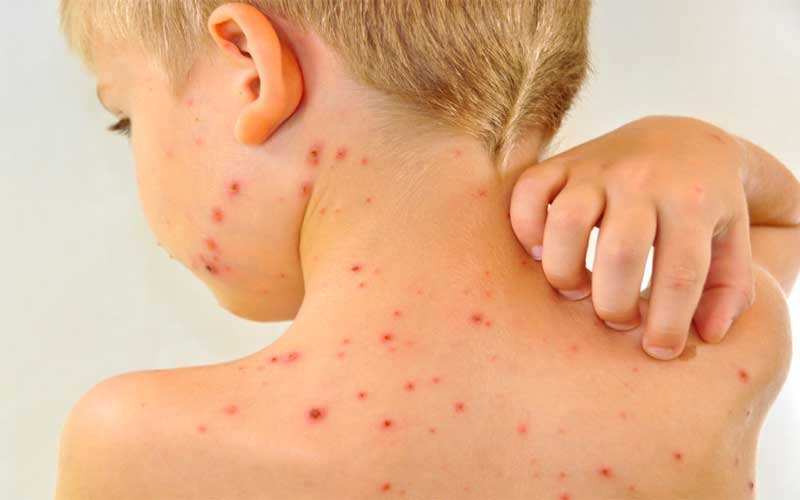
It has different provocateurs
The most common food allergies cause consumption:
- cow's milk
- fish protein
- eggs
- wheat-rye cereals
- citrus fruits
- kernels nuts
- berries
When a child begins to take in food, new products, it may appear allergic to them. If parents notice the first symptoms, the doctor's visit should be applied for diagnosis and further advice.
Physical factors of allergen
Allergy can occur under the influence of these physical (natural) factors:
- frost
- cold
- sunlight
- high temperature
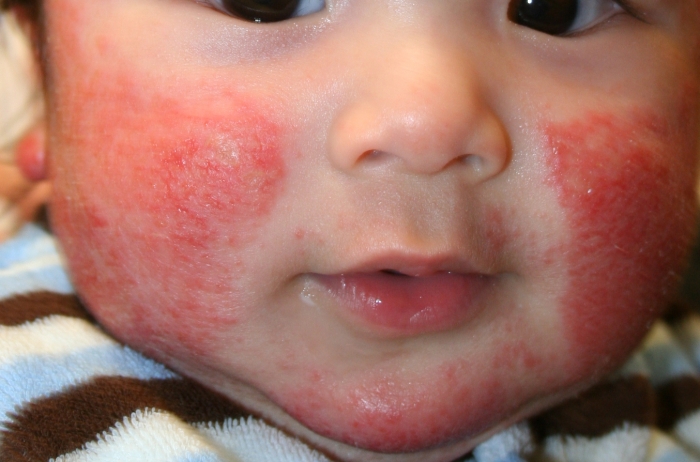
By cold
symptoms: rash, redness, epidermal scraps jitters due to itching and discomfort.
doctor steps: adjustment of child diet, antihistamines and soothing creams (ointments) for skin protection.
Allergies in children on the skin has different symptoms. These are: a strong "mange", a feeling of dryness of the dermis, a burning sensation, hypersensitivity and different kinds of rash (or blisters).
nettle-rash
symptoms: shapeless appearance voldyrikov pale pink or bright red hue, are very itchy.
Recommendations: not comb, otherwise precipitation will spread. It is necessary as soon as possible to identify the allergen urticaria, warning contacting a child with him.
Course of the disease: the rash spreads, every 2 days are localized in different parts of the body.
streptoderma
Kids often exposed dermatitis in the first months after birth. This is due to the fact that the immune system of the newborn is unable to cope with the impact of external aggressive environment and the body reacts allergic manifestations up to the moment when the child is old enough will get stronger.
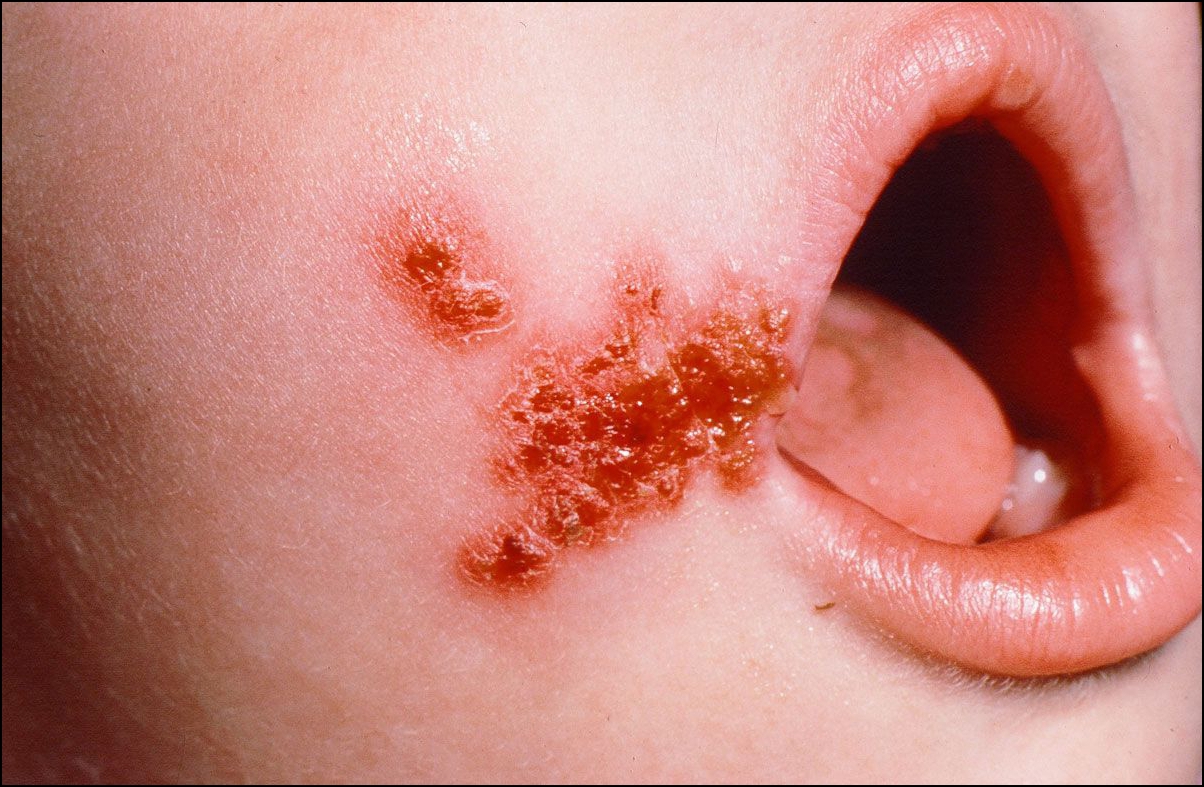
From the aggressive environment
Streptoderma signs can be considered: the appearance of red spots, skin peeling, cracks and sores, and intolerable itching.
After visiting pediatrician exceptions skin diseases with similar symptoms or existing infections physician prescribes treatment of dermatitis.
Eczema
This disease is chronic, its signs: rash in the form of bright red bubbles of various shapes.
Three types of disease:
- microbial
- seborine
- true
Initially, rashes occur on the face, subsequently "sprawling" on the handles and legs. Allergic factor can serve food products, household chemicals, etc.
Atopic dermatitis
The nature of this skin inflammatory process is immunallergic. Depending on the cause, appropriate treatment is required (chronic disease). Symptomatics is characterized by the appearance of spots on the skin with a thin surface of the dermis, seals of the affected skin, strong itching.
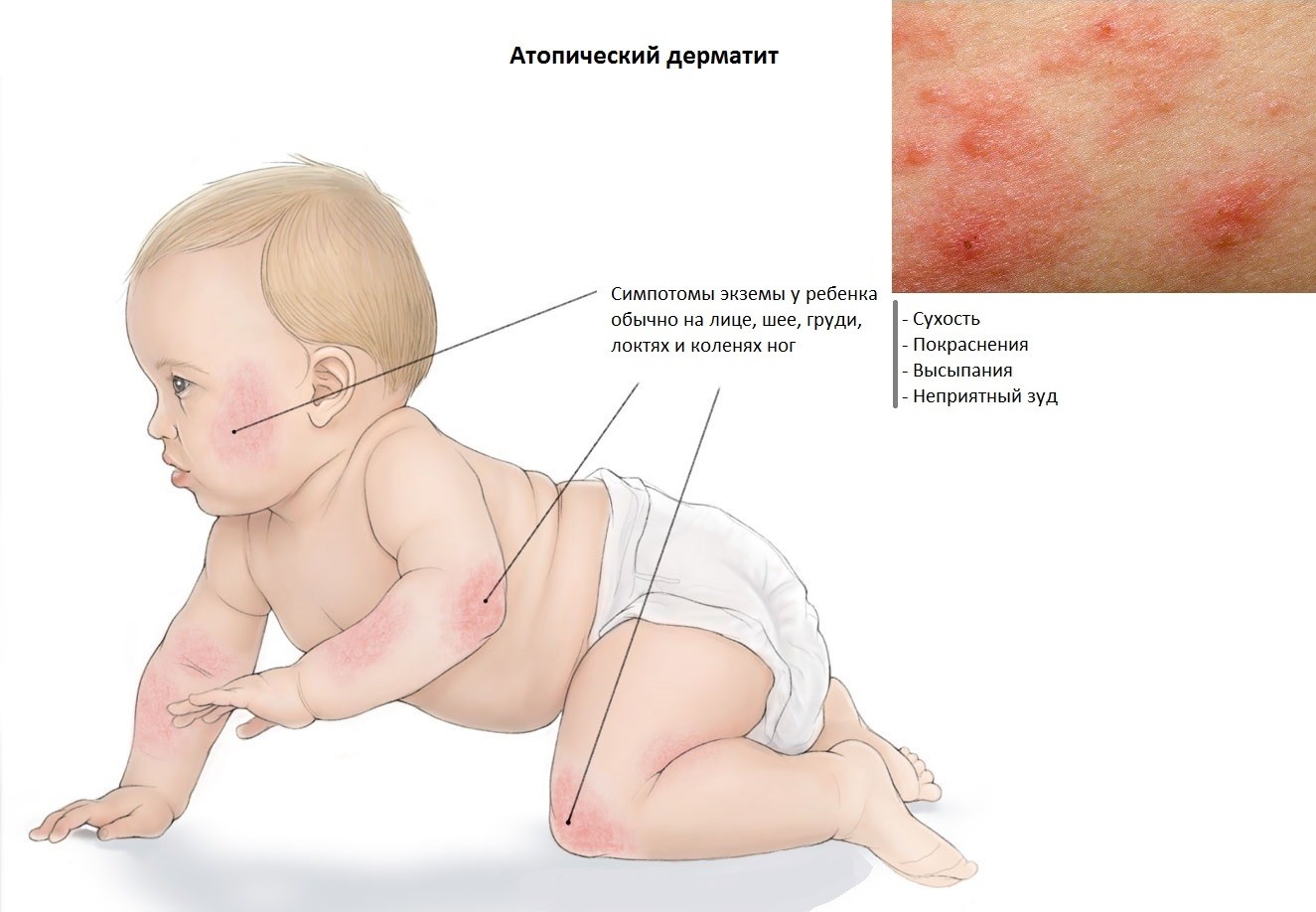
It is important to monitor the cleanliness.
A number of comprehensive measures: Control over the compliance with the purity of the baby, the use of special creams and medicines, as well as the purpose of UV irradiation procedures, are aimed at ensuring that the treatment has passed successfully and gave a positive result.
Erythemny redness
As a rule, the redness temporarily appears on certain skin areas. The reason is the expansion of capillaries.
Erythema varieties:
- Physical - manifests when the child's skin passes adaptation to the external environment. The symptoms disappear with the corresponding measures: the skin of the baby is sufficiently ventilated and lubricated with children's cream.
- Toxicoerytema- Allergic "reflex" associated with the occurrence of edema rash due to allergies to food. Also, these symptoms may be a signal about the presence of a more dangerous disease or swelling. Immediate treatment requires.
The presence of itching when rash in crumbs is more often due to allergies, but, in addition, the skin disease is not excluded. "Scabies" with the lack of rash - a sign of eczema or fungus.
Localization of allergic rashes in children
After examining the baby, determining the species of rash and analyzing its location, the doctor may diagnose.
So, allergic rash at kids can be located on:
- Lisrica - With redness, peeling of cheeks and dry skin on them. Plus, the child begins to sneeze, eyes and spout annoyed. Provocateurs of such rashes - allergen chemicals, insects, medicines, food.
- Ubakh - Symptoms of skin changes are: dermatitis, impaired hygiene, thrush, Seborrhea.
- Back - Irritation looks like a rattling burn, which is strongly zudit. As a rule, it provokes wearing clothes from unsuitable materials or consumption of allergens.
- Shake - More often the symptom of the tuber manifested in the heat. In order to avoid the appearance of unpleasant sensations in a child, keep more thorough hygiene.
- Chest - Possible infection: measles, rubella, scarletin or chickenpox, requiring a pediatrician visits.
- Tummy - It can occur from the wool of pets, products, after using powders or soap. When combing rashes, scars may appear in the future.
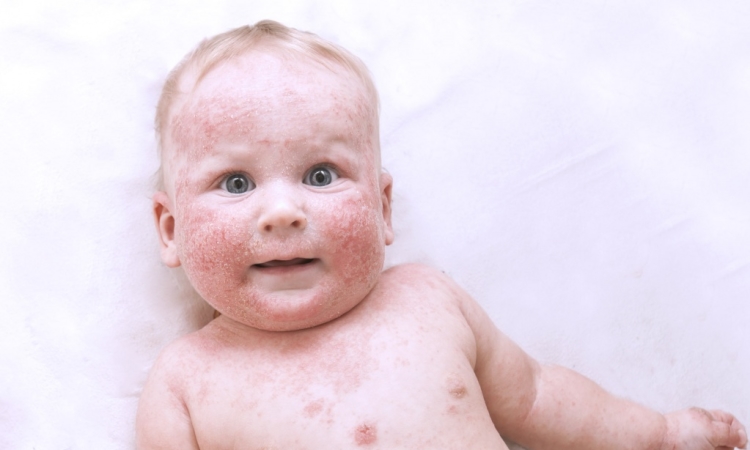
May occur on the whole body
- Yagoditsa - Allergic to "diapers" (it is better to use another brand or not so often apply) or cream (change).
- Handles - Red specks in the limb area (one large or several) - a sign of allergies. To make sure stretches the folding of the skin under rash (rash will become paler).
- Highs - with an increase in temperature and "star" form - meningitis, requiring immediate appeal to the hospital.
- Diaper zone (Frequent phenomenon for kids) - control over the cleanliness of the skin, the use of powder, less frequent use of "diapers", up to the disappearance of symptoms.
Children's allergies have different forms, but there are cases when the body is similar to that or another allergen. Noticing the first signs of an allergic reaction, you should consult a doctor who carefully examines the child, will send parents with him for analyzes and prescribe the necessary treatment.

